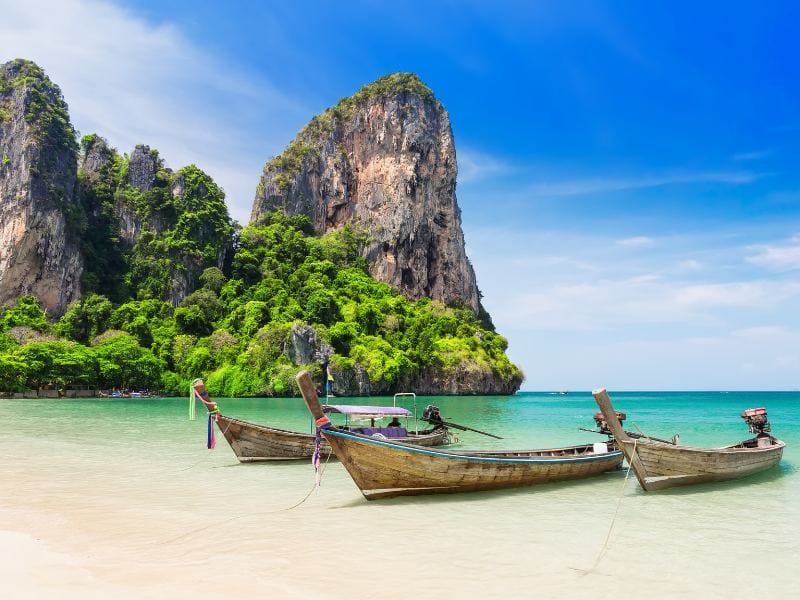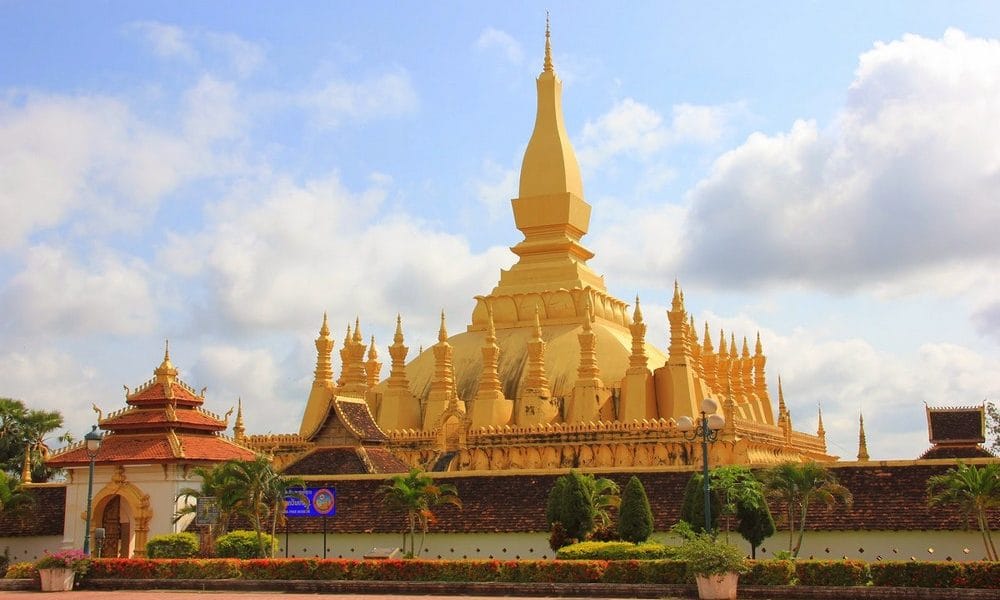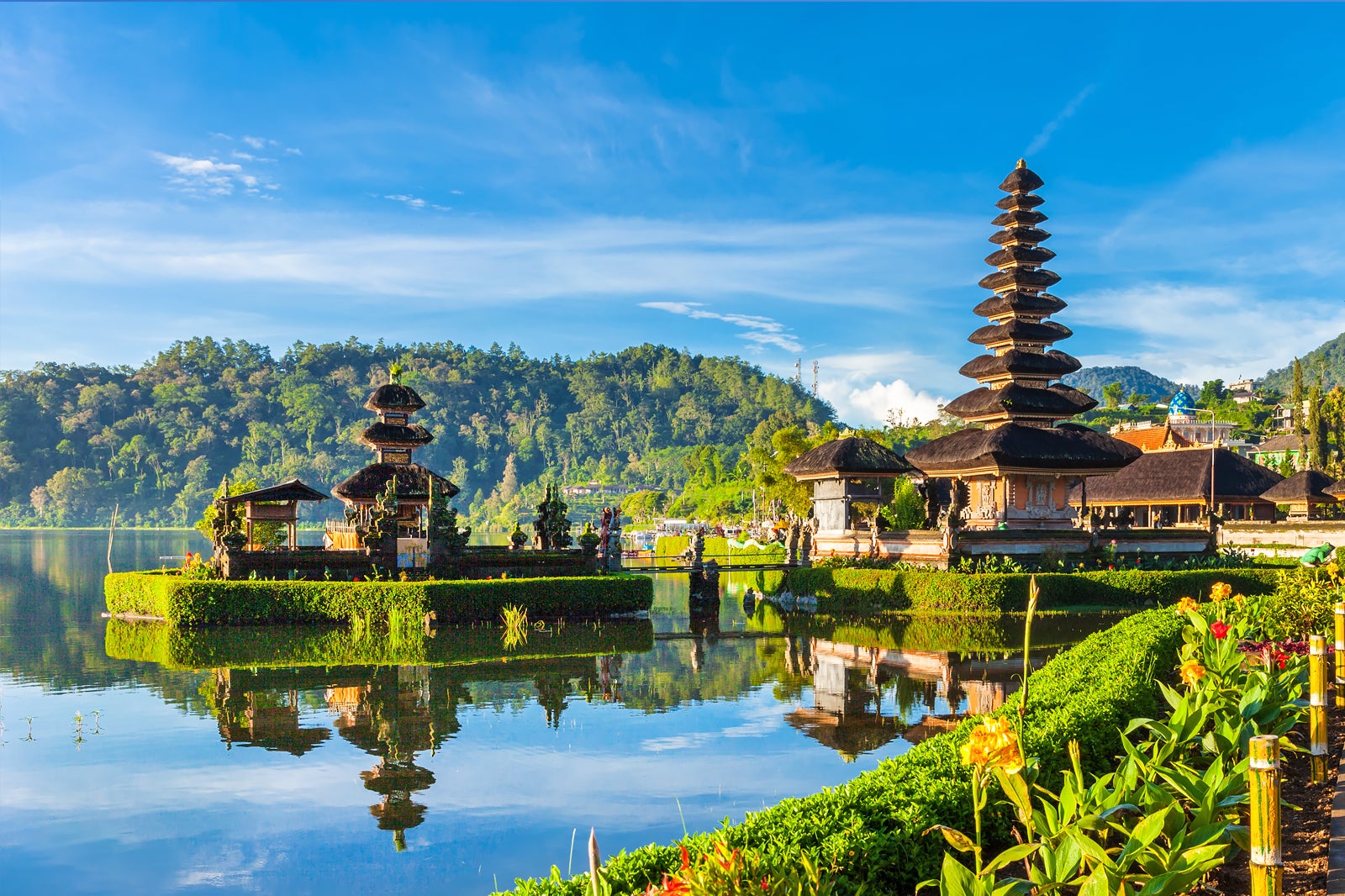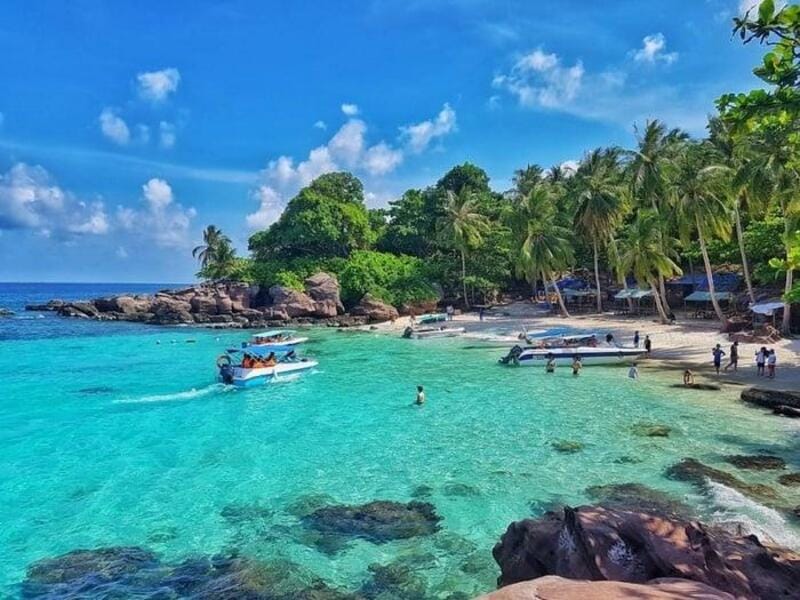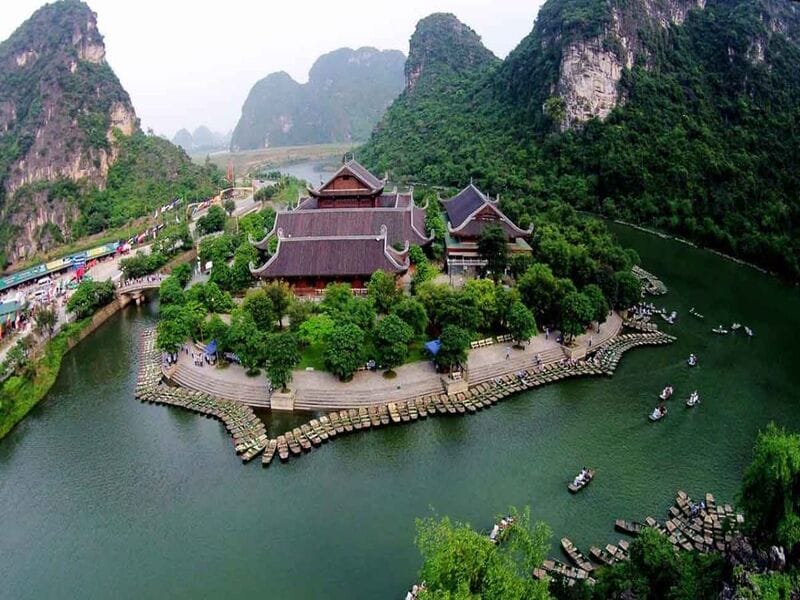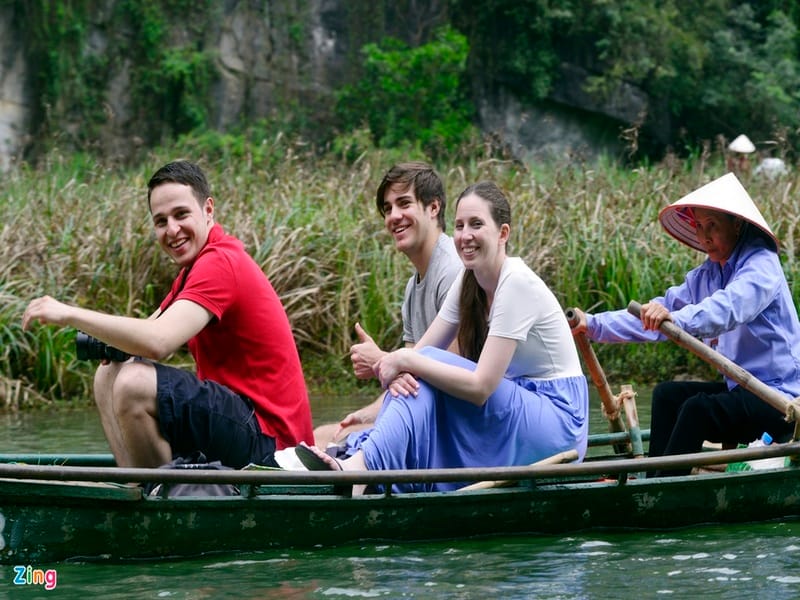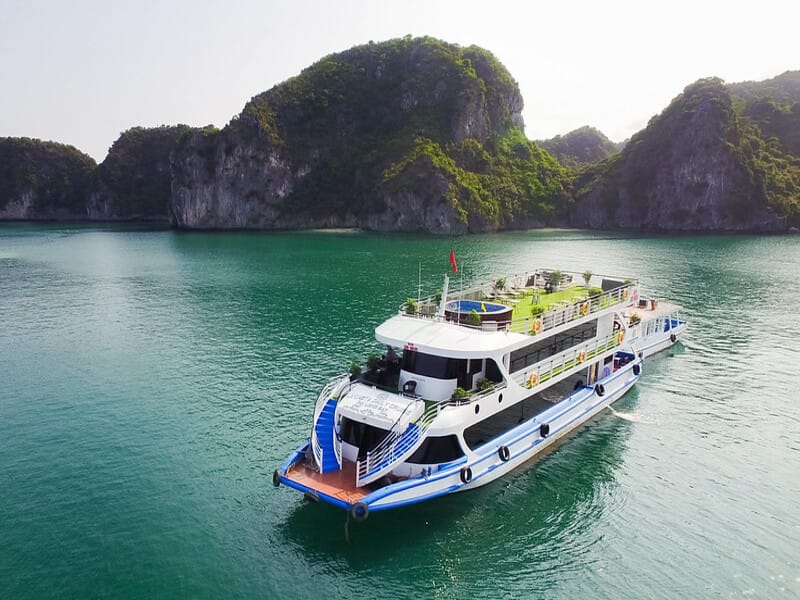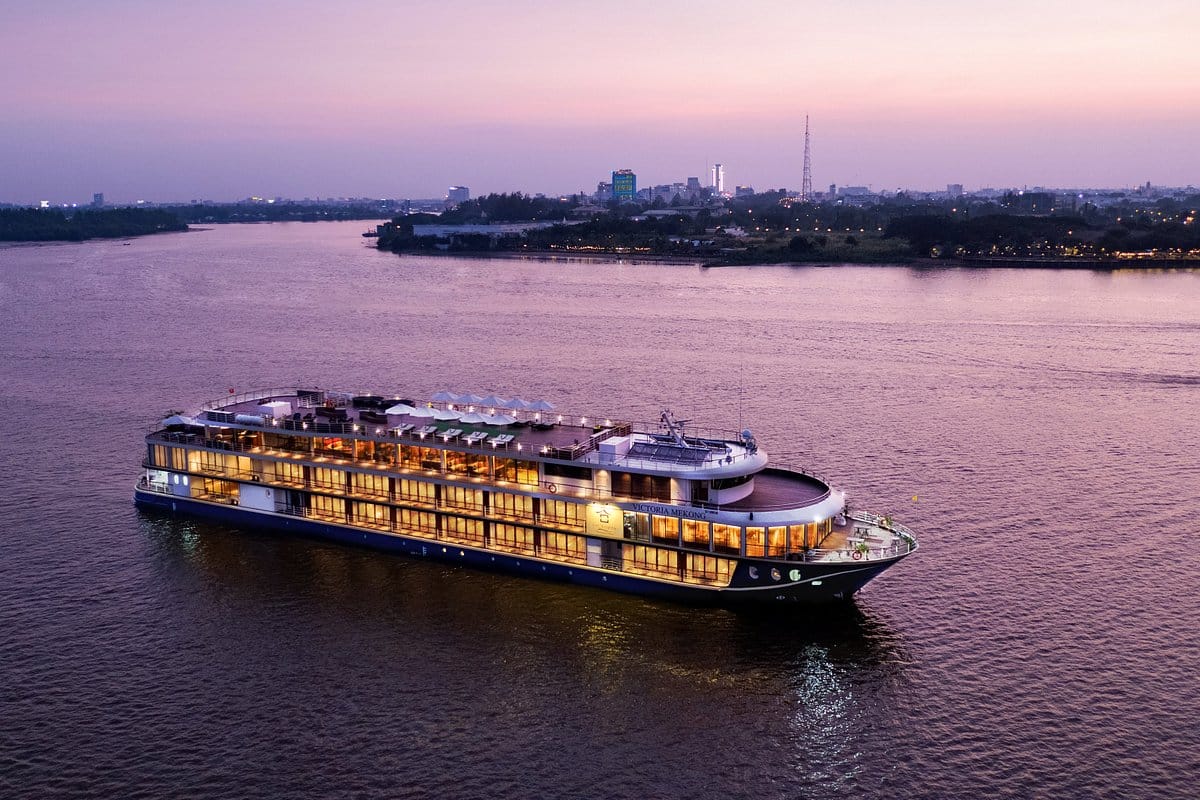Your training data is current until October 2023. Da Nang, a lively coastal city in central Vietnam, has become a popular spot for digital nomads. Its beautiful beaches, rich culture, low living expenses, and modern facilities create a perfect setting for work-life balance. With stunning scenery for creativity and a friendly community of remote workers, Da Nang’s mix of tradition and modernity makes it a preferred destination for expatriates and freelancers.
This guide covers essential information for remote work in Da Nang, including living costs, climate, and top relaxation and productivity spots. We’ll discuss practical tips like airport navigation, trip planning based on weather, and nearby attractions such as Hoi An. By the end, you’ll have a clear understanding of life and work in this vibrant Vietnamese city.
Da Nang: Your Complete Travel Guide to Vietnam’s Coastal Jewel.
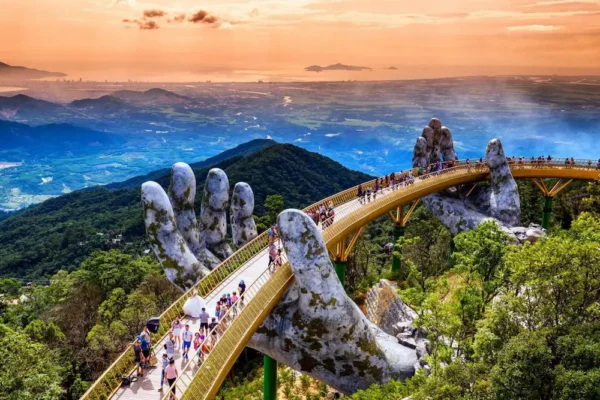
Da Nang, strategically positioned along the South China Sea, is the gateway to central Vietnam. Renowned for its stunning landscapes, rich history, and welcoming locals, it’s popular among travelers and digital nomads seeking a mix of work and adventure. The city features beautiful beaches, a vibrant urban scene with cafes, coworking spaces, and cultural sites.
This overview highlights what makes Da Nang unique—its charm, role in Vietnam’s growth, and ongoing appeal to remote workers. As its population rises, Da Nang evolves from a quaint fishing village into a lively cosmopolitan center while retaining traditional values.
Exploring Da Nang’s Charm
Though overshadowed by Hanoi and Ho Chi Minh City, Da Nang is gaining popularity due to its relaxed vibe, scenic beauty, and strategic location near UNESCO World Heritage sites like My Son Sanctuary and Hoi An Ancient Town.
The city harmoniously blends modern infrastructure with traditional culture, featuring contemporary skyscrapers amid ancient temples. Its local cuisine, rich in seafood and street food, adds to its allure, making every day a culinary delight.
Digital Nomad Growth
Recently, Da Nang has seen an influx of digital nomads attracted by its affordability, quality of life, and connectivity. Numerous coworking spaces and cafés offer rapid internet and comfortable settings for productivity. The laid-back environment nurtures community among expats and locals.
Accommodations are equipped with reliable Wi-Fi and flexible rental options, supporting seamless remote work. As interest in Da Nang grows, so does its reputation as a digital nomad hotspot.
Navigating Da Nang Airport
Understanding Da Nang airport is crucial for any
one planning a long-term stay. Da Nang International Airport connects to major hubs across Asia and beyond, ensuring smooth arrivals and departures.
This section provides insights into airport facilities, flight options, and tips for navigating arrivals, particularly for those booking flights to Hanoi or other regional destinations.
Overview of Da Nang International Airport
Located about 3 kilometers from downtown, Da Nang International Airport (IATA DAD) caters to both domestic and international flights from countries like China, Korea, Japan, and nearby Southeast Asian nations.
The airport features modern terminals with amenities such as cafés, duty-free shops, and baggage services. It offers a straightforward experience for digital nomads arriving in Da Nang, which is essential for trip planning.
Arrival Procedures
Travelers should prepare their documents in advance, especially for extended visits or special visa requirements. Immigration queues are generally swift, although peak hours may cause minor delays.
Customs procedures are simple, involving luggage collection followed by immigration clearance. Transportation options outside include taxis, ride-hailing apps like Grab, and pre-booked private transfers.
Post-Arrival Navigation
If you’re staying downtown or near the beach, consider arranging transport in advance. Many accommodations also provide pickup services for convenience.
Buses and shuttles operate regularly from the airport to Hoi An, taking about 45 minutes to reach this historical town.
Weather in Da Nang
Understanding Da Nang’s weather is vital for optimizing your visit, be it for surfing, exploring, or enjoying outdoor cafés.
Da Nang experiences a tropical monsoon climate with hot summers, rainy monsoons, and mild winters. Knowing these patterns aids in planning activities and ensuring comfort during your stay.
Climate Overview
From May to August, temperatures soar between 30°C and 35°C (86°F to 95°F), perfect for beach days but requiring hydration and sun protection. The rainy season lasts from September to January, bringing cooler temperatures (20°C to 25°C / 68°F to 77°F) and frequent showers, ideal for exploring indoor attractions. February to April features stable weather, making it pleasant for outdoor activities.
Impacts on Digital Nomads
For remote workers, adjust schedules based on weather—work outdoors in the mornings and afternoons during the hot season, and seek indoor spots during rain. Weather variability encourages flexibility and appreciation of nature, highlighting the need for appropriate gear.
Day Trips: Da Nang to Hoi An
A short journey from Da Nang leads to Hoi An, a UNESCO World Heritage site known for its well-preserved architecture and vibrant markets. This section explores travel options, activities, and highlights in Hoi An.
Travel Options
Various travel modes exist from Da Nang to Hoi An, each offering different comfort levels:
- Private car/taxi: Fastest and most comfortable option, around 45 minutes.
- Bus: Budget-friendly public buses take around an hour.
- Motorbike rental: Offers flexibility and scenic views, about 45 minutes depending on traffic.
- Shuttle tours: Organized day trips with guided visits.
Cultural Highlights
In Hoi An, the Ancient Town features narrow streets, riverside cafés, and historic buildings like the Japanese Covered Bridge and Tan Ky Old House. The lively night market offers local cuisine and souvenirs after sunset.
Tips for Digital Nomads in Hoi An
Hoi An provides tranquil cafés and boutique hotels with reliable Wi-Fi, facilitating focused work sessions. Renting bicycles or scooters enhances exploration, allowing access to hidden gems.
Da Nang Nightlife
As night falls, Da Nang’s energy comes alive with night markets, bars, live music, and cultural performances. For digital nomads, enjoying the nightlife offers a chance to relax after work.
Night Market Exploration
The bustling night market is filled with vendors selling grilled seafood, bánh mì, and handcrafted goods. Engaging with local vendors and trying exotic fruits adds to the cultural experience.
Recommended Bars and Clubs
Rooftop bars like Sky36 and New Phương Đông provide stunning city views along with cocktails and DJ sets. Live music venues offer a relaxed atmosphere for unwinding.
Cultural Shows
Da Nang hosts cultural events, including dance shows and water puppetry. Fireworks at the Dragon Bridge enhance the evening experience, reflecting the city’s cultural heritage.
Beaches in Da Nang
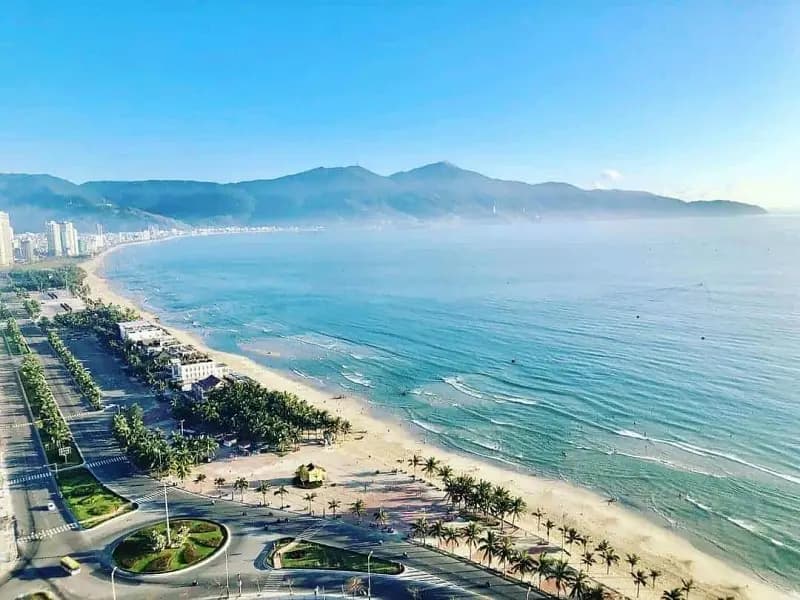
Da Nang boasts pristine beaches suitable for surfers, swimmers, and tranquility seekers. This section discusses top beaches and tips for responsible enjoyment.
Popular Beaches
- My Khe Beach: Ideal for swimming, surfing, and sunbathing with clean shores and surrounding amenities.
- Non Nuoc Beach: Quieter atmosphere near Marble Mountains, perfect for relaxation.
- Bai But (Monkey Beach): A wild, less-developed area great for nature lovers, but exercise caution.
Beach Activities
Many beaches offer surf schools and food vendors. Always check the weather before heading out, especially during monsoon season. Eco-conscious travelers should keep beaches clean and avoid peak tourist times for solitude.
Work-Life Balance on the Beaches
Digital nomads can boost productivity by working in the morning and enjoying beach time later. Cafés near the shore with Wi-Fi make great work spots.
Population and Demographics of Da Nang
Examining Da Nang’s demographics reveals insights into its rapid growth and future prospects. As Vietnam’s third-largest city economically, Da Nang attracts talent and new residents.
Population Size
With around 1.2 million residents, Da Nang is youthful, with many under 35. This demographic fosters innovation and cultural vibrancy.
Migration Trends
Steady rural-to-urban migration drives economic opportunities in various sectors. Young professionals move here seeking better quality of life.
Cultural Diversity
Despite modernization, Da Nang retains its Vietnamese roots with festivals and local markets playing key roles. The increasing number of foreigners enriches the city’s cultural fabric.
Things to Do in Da Nang
Da Nang offers a wealth of activities for cultural exploration, culinary adventures, and outdoor fun, making every day memorable.
Cultural Attractions
- Marble Mountains: Featuring caves and pagodas with breathtaking views.
- Cham Museum: Showcasing artifacts from the ancient Cham civilization.
- Da Nang Cathedral: A striking Gothic church offering a serene atmosphere.
Outdoor Adventures
- Ba Na Hills: Offers cable car rides and attractions like the Golden Bridge.
- Son Tra Peninsula: Features hiking trails and rare wildlife.
- Beach Relaxation: Enjoy rejuvenating time at My Khe or Non Nuoc Beach.
Culinary Experiences
- Savor local dishes like mì Quảng and street food through recommended tours.
- Explore the vibrant night market for authentic flavors.
- For nightlife, consider live music venues or rooftop lounges.
Digital Nomad Tips
Plan your schedule to balance work and leisure, with mornings for tasks and afternoons for exploration. Engage in local events and workshops to deepen connections with the community.
Shopping in Da Nang
Da Nang’s shopping scene combines traditional markets and modern retail, catering to a variety of tastes.
Traditional Markets
- Con Market: A vibrant hub for fresh produce and household items.
- Han Market: Known for textiles and snacks, perfect for souvenir hunting.
- Night Market: Great for last-minute shopping and street food sampling.
Modern Retail Centers
- Indochina Riverside Towers: Features international brands and dining options.
- Lotte Mart Da Nang: For groceries and essentials.
- Vincom Plaza: A one-stop destination for shopping and entertainment.
Artisan Shops
Visit local ateliers for unique crafts that support sustainable tourism and reflect Da Nang’s culture.
Shopping Tips
Practice friendly bargaining at markets, visit early for a relaxed experience, and carry cash for smaller vendors.
Urban Landscape of Da Nang
Da Nang’s urban core is vibrant with history and diversity. Understanding its layout helps navigate work, leisure, and cultural experiences.
Downtown Area
Da Nang’s downtown buzzes with commerce and social activity, blending high-rises with traditional markets and historical sites. It’s ideal for professionals seeking proximity to amenities.
Architectural Landmarks
- Da Nang Cathedral: A historic pink Gothic church notable for its beauty.
- Dragon Bridge: Known for its spectacular fire-breathing displays.
- Han River Bridge: A rotating bridge symbolizing the city.
Parks and Cultural Spots
- Asia Park: An amusement park with cultural exhibits.
- Museum of Cham Sculpture: Displays artifacts from the Cham civilization.
- Linh Ung Pagoda: A peaceful place atop Son Tra Peninsula.
Living and Working in Da Nang
The urban environment offers ample coworking spaces, trendy cafés, and green spaces, creating a balanced lifestyle for digital nomads. Familiarity with landmarks fosters easier navigation and discovery of hidden gems.
Overall, Da Nang presents a compelling combination of affordability, natural beauty, and cultural richness, making it an excellent choice for digital nomads. With manageable weather and numerous activities, the city supports a lifestyle centered on outdoor pursuits and creative endeavors. As Da Nang continues to evolve, its community welcomes remote workers, enhancing the experience of living in central Vietnam.


